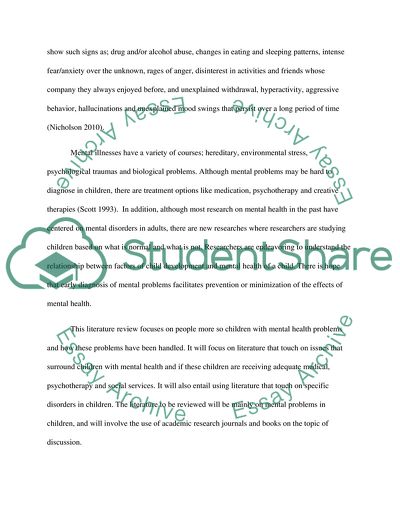Cite this document
(“Issues Surrounding Children with Mental Health Research Paper”, n.d.)
Issues Surrounding Children with Mental Health Research Paper. Retrieved from https://studentshare.org/health-sciences-medicine/1584175-issues-surrounding-children-with-mental-health
Issues Surrounding Children with Mental Health Research Paper. Retrieved from https://studentshare.org/health-sciences-medicine/1584175-issues-surrounding-children-with-mental-health
(Issues Surrounding Children With Mental Health Research Paper)
Issues Surrounding Children With Mental Health Research Paper. https://studentshare.org/health-sciences-medicine/1584175-issues-surrounding-children-with-mental-health.
Issues Surrounding Children With Mental Health Research Paper. https://studentshare.org/health-sciences-medicine/1584175-issues-surrounding-children-with-mental-health.
“Issues Surrounding Children With Mental Health Research Paper”, n.d. https://studentshare.org/health-sciences-medicine/1584175-issues-surrounding-children-with-mental-health.


